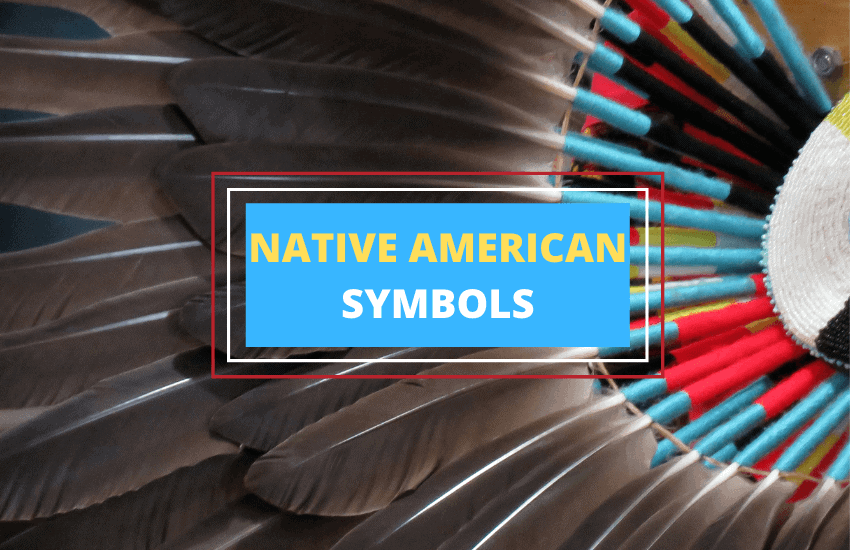
Table of Contents
Native American symbols showcase the culture, stories and values of the people who lived and thrived in the Americas long before the advent of Europeans.
These symbols illustrate how important nature was to the Native Americans as well as the importance of spirits, relationship bonds and cultural narratives.
Below is a list of 16 popular symbols Native Americans used for clothing, marking their land, and tattooing on their bodies that represent various aspects of their lives.
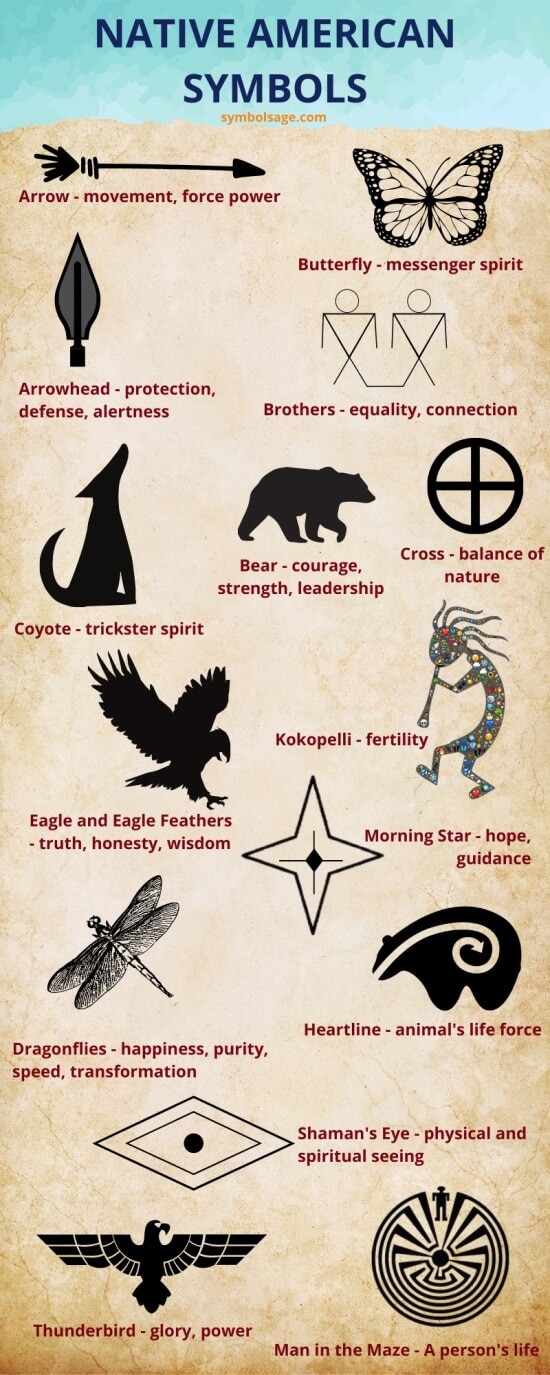
1. Arrow
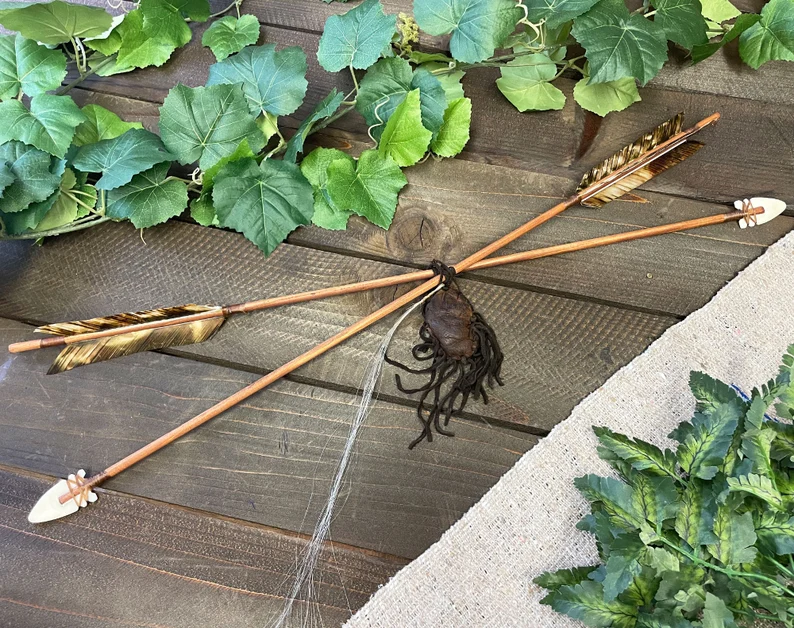
The arrow is one of the most important symbols for the Native Americans because of its importance in hunting and gathering.
The arrow serves as one of their most prized possessions because enabled them to look for food from a safe distance and protect their tribe from predators and other enemies.
A single arrow means protection, but it can also mean direction, movement, force, and power. Aside from these representations, the position and the number of arrows also have different meanings which include the following:
- Arrow pointing to the left: to fend off evil spirits
- Arrow pointing to the right: protection
- Arrows pointing in opposite directions: time of war
- Crossed Arrow: friendship and camaraderie
- Arrows bundled together: strength in numbers
- Broken Arrow and Arrow pointing down: peace
2. Arrowhead
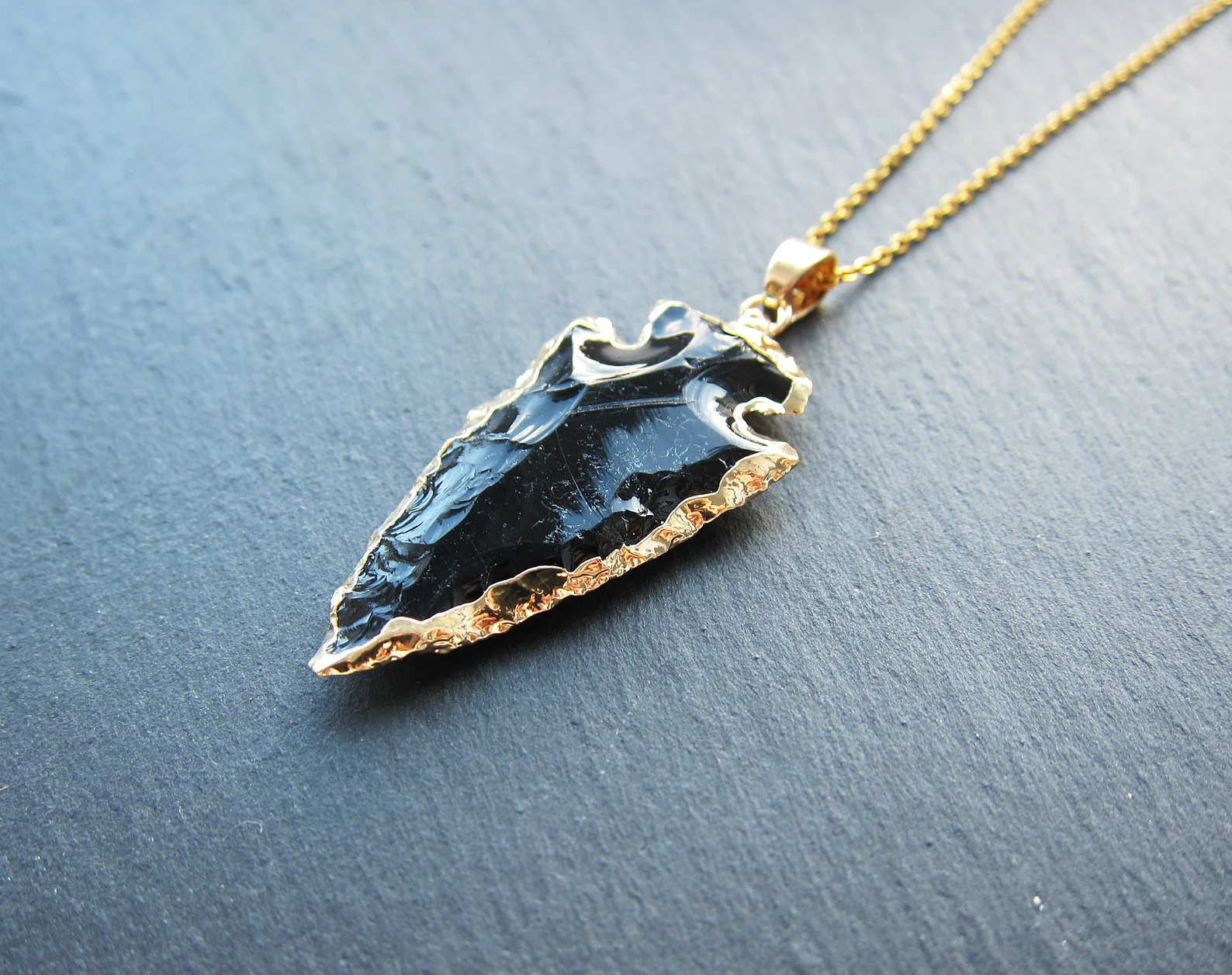
The arrowhead is the pointed tip of the arrow, used to deal the final blow to a predator or an enemy. However, for Native Americans, arrowheads are not just a weapon but are also worn as a necklace or a talisman that can guard the wearer against any evil spirits.
That’s why it is also regarded as an important symbol separate from the actual arrow itself. It signifies protection, defence, and alertness. Most arrowhead trinkets are made out of bone, stone, precious gems, and metal.
3. Bear

As a generally spiritual group of people, Native Americans use many animals in their symbols, and one of the most common ones is bears. Bears are believed to be the protectors of the animal kingdom and are therefore treated with respect. It is also revered as a symbol of courage, strength, and leadership.
Bears are highly regarded by a lot of tribes and some of them even call their best warriors bears for having the highest capability of protecting their tribe from any form of harm. Others even believe that they can draw power from the strength of a bear just by dreaming about one, eating it, or by merely touching the animal.
4. Brothers
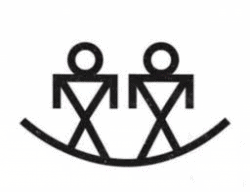
The brothers symbol showcases two figures that are connected at the feet. This symbolizes having a similar journey or sharing the same life path. It also emphasizes equality, connection and loyalty between people.
5. Butterfly
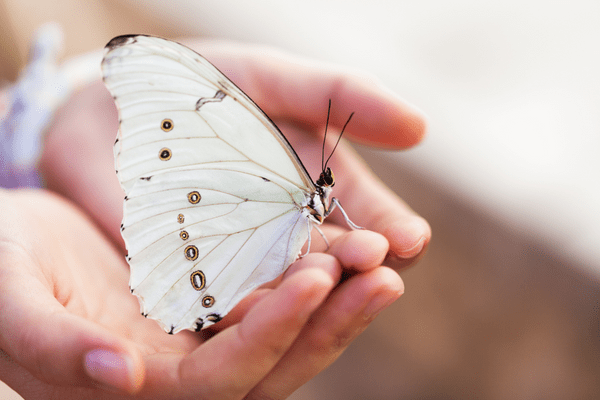
While the butterfly is not as important as bears are to Native Americans, it is still one respected symbol because butterflies are believed to be messengers from the spirit world.
Depending on the color of the butterfly, the message brought by these creatures may be a symbol of good fortune or a bad omen.
Here are just some of the meanings behind butterfly colors as believed by the Native American people:
- White: good luck
- Red / Brown: important event
- Yellow: guidance
- Black: illness or bad news
Aside from the meanings associated with the color of these insects, Native Americans also believe that butterflies can bring comfort when they land on your shoulder.
Some tribes associate butterflies with dreams and good sleep, while others link these beautiful creatures to their creation story.
6. Cross
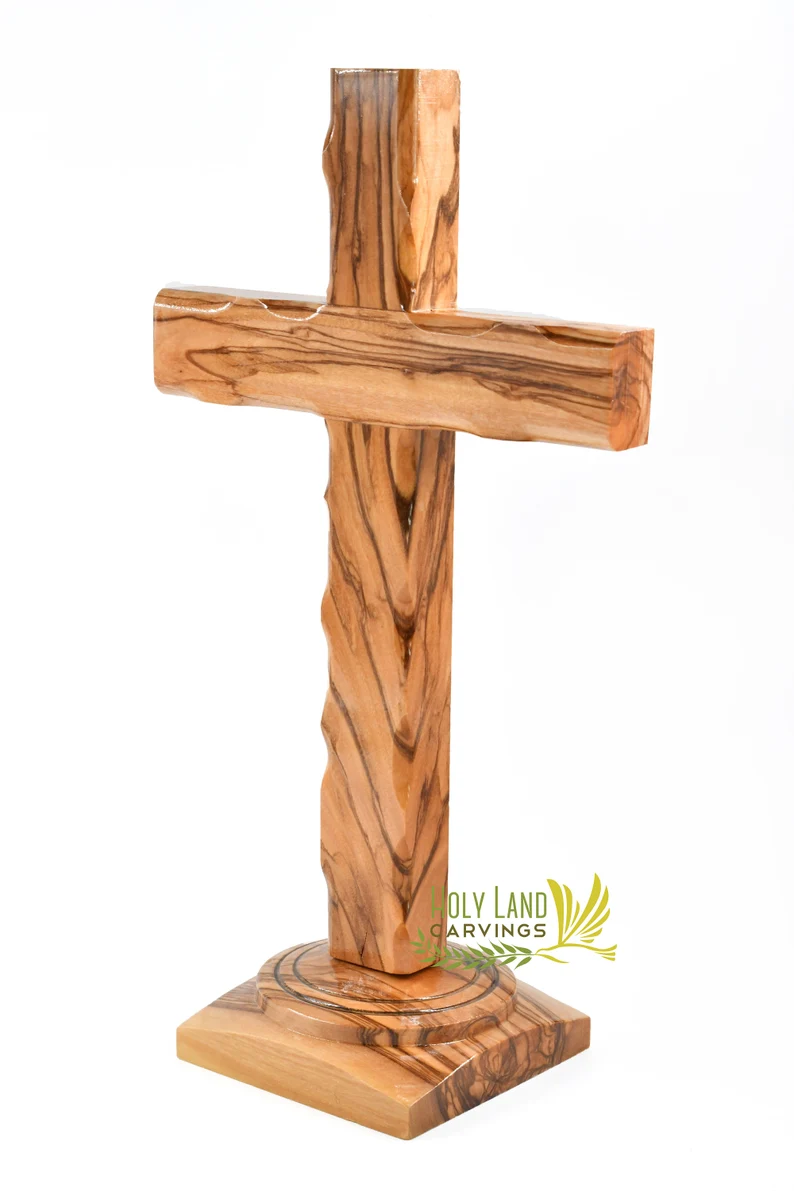
Native American tribes use the symbol of the cross and its varieties to represent the origin of the world, with its four bars representing the cardinal directions: north, south, east, and west.
This symbol then signifies life or the sustenance of life which serves as a reminder of keeping the balance of nature and its four elements.
7. Coyote
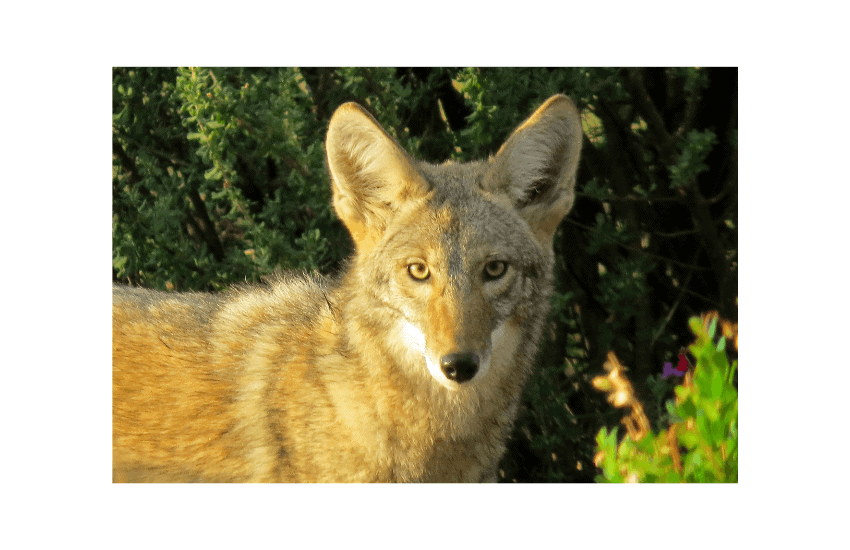
For Native Americans, the Coyote is said to be the trickster spirit. The significance of the coyote symbol is evident in its wide use specifically for southwestern Native American tribes like the Zuni and Navajo.
While the Coyote is regarded as a powerful and sacred animal it is often depicted as a mischievous being, which is why it’s associated with selfishness, greed, and deceit.
8. Dragonflies
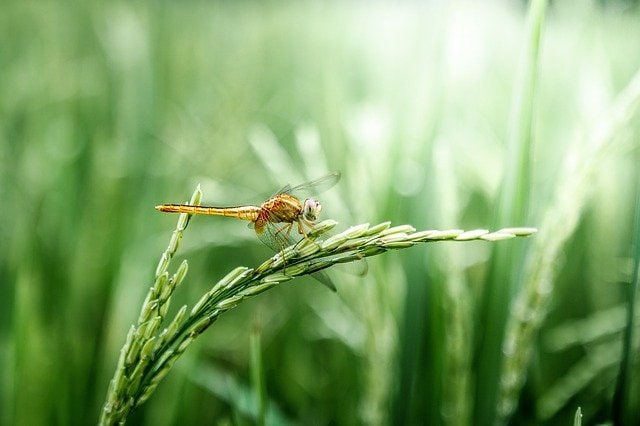
Dragonflies were prevalent in the lands where Native American people lived. They were often seen near wetlands and other bodies of water.
Dragonflies represent happiness, purity, speed, and transformation. These particular insects were believed to be water nymphs who transformed to be “snake doctors”.
9. Eagle and Eagle Feathers
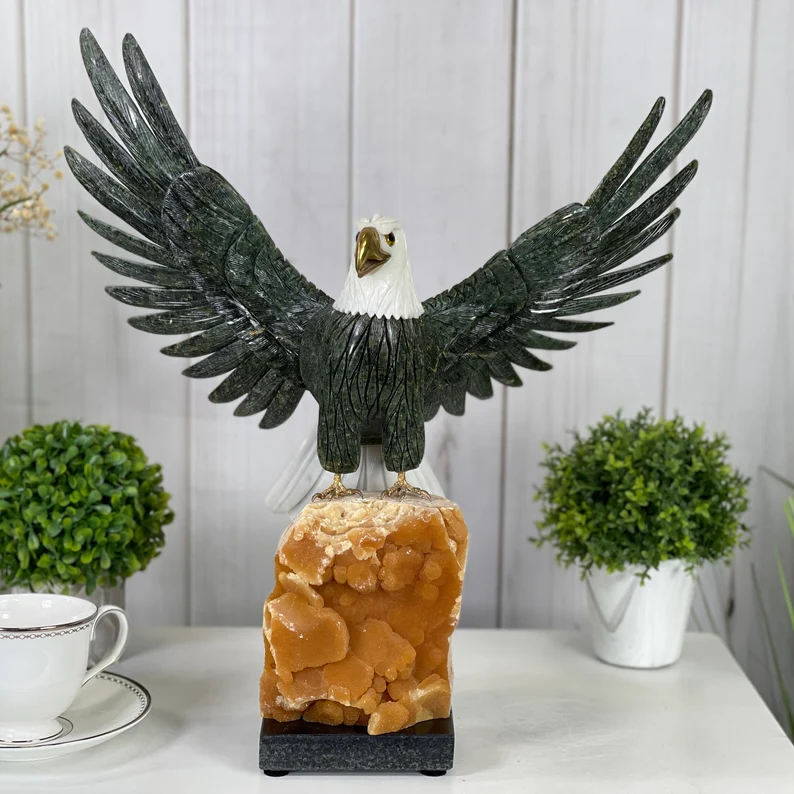
Eagles were valuable animals to the Native American people. Eagle feathers were used for their clothing and headgear. Their bones were turned into musical instruments used for rituals and ceremonies.
Apart from their practical use, eagles were also believed to have some sort of a special connection to the spirit world through visions.
Eagle feathers were also used in important rituals that allowed their wise men to determine the truth. Hence, eagles signified courage, honesty, wisdom, and truth.
10. Heartline

The heartline symbol is common among Native American jewelry, especially in use in necklaces. The symbol of the heartline represented the life force of animals.
The symbol features a bear-like creature with an arrow running from its mouth and spiralling to its heart. Some heartlines don’t exclusively use bears but it’s the most common kind.
Aside from using heartlines as pendants, many Native American warriors also choose to have these inked onto their skin as a reminder of how their heart is as strong as a bear’s.
11. Kokopelli
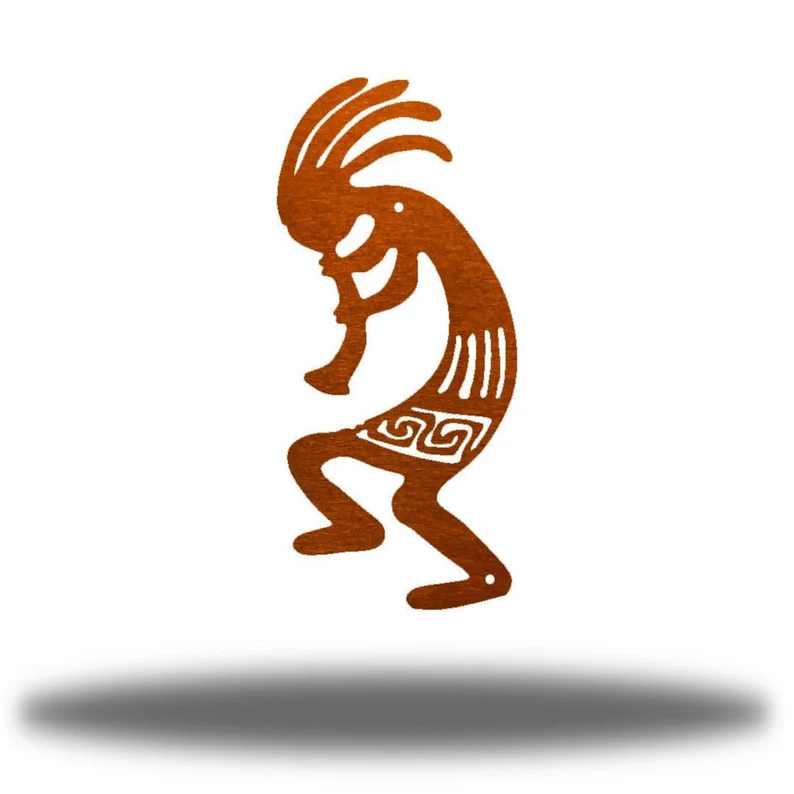
Kokopelli is the name of a Native American deity connected to fertility. It is often depicted as a hunched, dancing man playing a flute, and often features a large phallus.
The Kokopelli is a symbol of human and plant fertility but it is also connected to trickery like the coyote because of its whimsical nature.
12. Man in the Maze
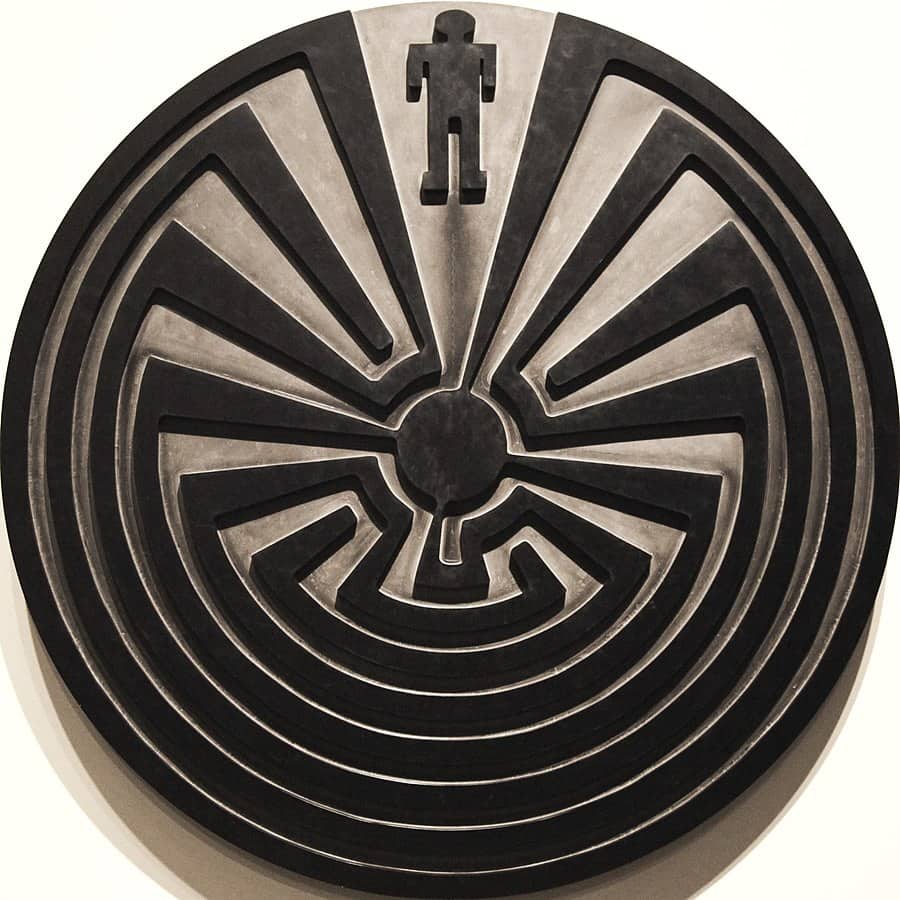
Truth be told, there are many meanings behind the symbol of the man in the maze. It varies from tribe to tribe. But generally, the symbol represents a man’s life, with many twists and turns.
The Man in the Maze features a man who looks like he’s about to enter an intricate maze. The man represents a person or a tribe who is about to embark on his journey in life while the maze itself represents the challenges he meets along the way.
The center of the maze, or its final corner represents death and the cycle of human life repeating itself.
13. Eye of the Medicine Man / Shaman Eye

The shaman eye or the eye of the Medicine Man can be explained in three parts. First, the outer rhombus is believed to be the physical world or the world of the ordinary man. The inner rhombus meanwhile represents the spiritual world only visible to the Shamans.
The center dot represents the eye of the Shaman itself which basically means that those with the eye of a Medicine Man can clearly gaze not just at the physical world but at the spiritual world, too.
This is the reason Native American shamans can perform spiritual acts like healing and rituals.
14. Morning Star
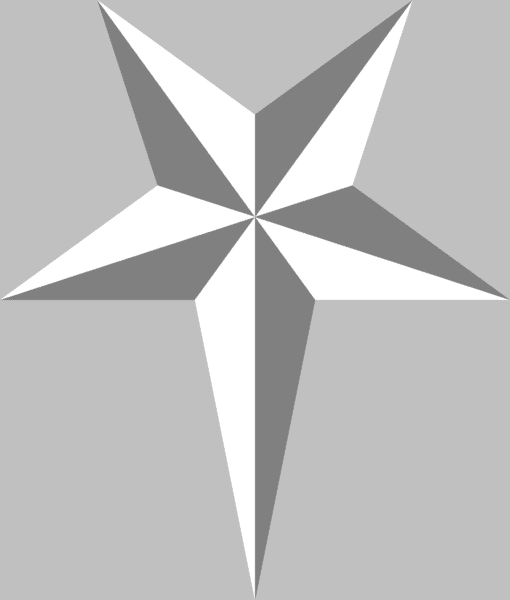
The morning star features a small circle encircled by several spiked rays. Native Americans regard the morning star as a symbol of hope and guidance because it is always the brightest light in the sky during dawn.
Some tribes even honor the morning star as a symbol of spiritual purity and courage while others associate it with the resurrection of fallen heroes.
15. Sun Face
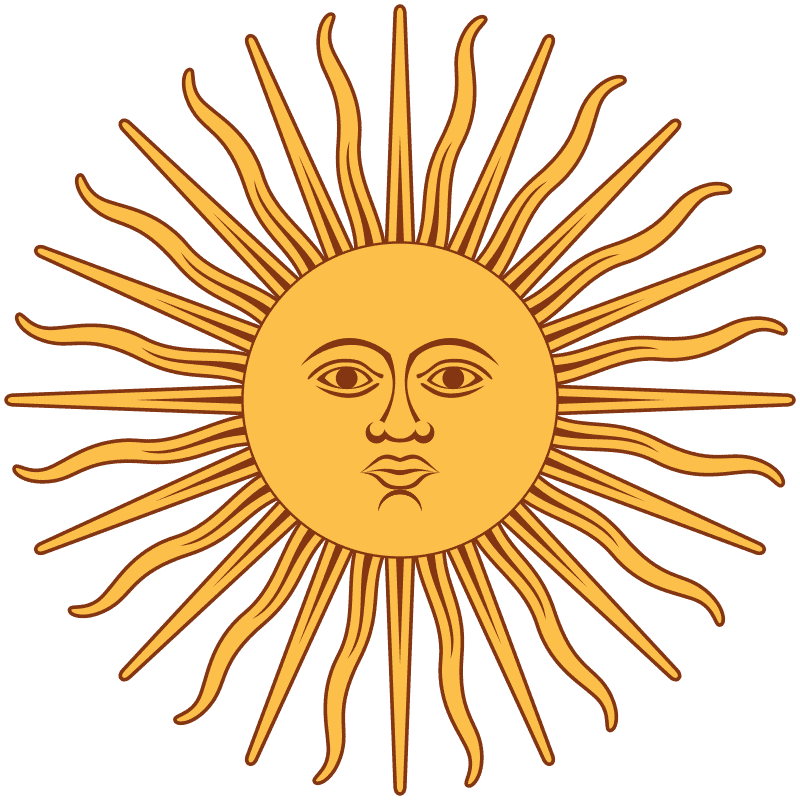
The Sun Face symbol represents one of the most important deities of the Zuni tribe which is the Sun Father.
Because their main source of livelihood is agricultural farming, this particular tribe created a symbol that would represent the abundance, stability, hope, energy, and happiness that the sun grants them, especially during harvest season.
That’s why the sun face looks much like the morning star but has a bigger inner circle with a geometrically shaped face to represent the face of the sun.
16. Thunderbird
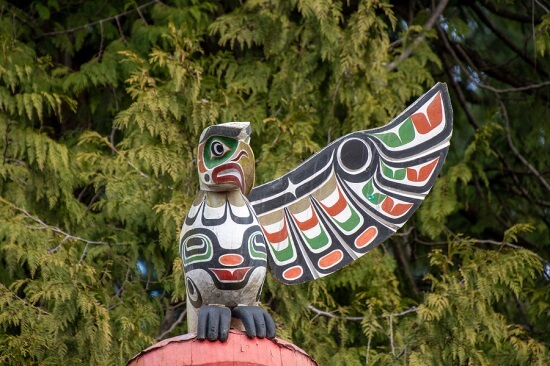
The thunderbird is the most important mythical bird for the Native American people. This majestic bird takes its name from the belief that it is strong enough to make thunderous sounds whenever it flaps its wings.
The Native Americans also believed that thunderbirds could shoot lightning from their eyes. The thunderbird is both an omen of war and a symbol of glory and power.
Wrapping Up
The above is by no means an exhaustive list of Native American symbols. However, they demonstrate what the Native American tribes valued and held sacred. From natural elements such as the sun to animals such as the butterfly and bear and human-made symbols including arrows and brothers symbol, these images are a testament to how the Native Americans found meaning in their world and represented it through simple yet profound symbols.
Similar Articles:
Native American Flags – What They Look Like and What They Mean







